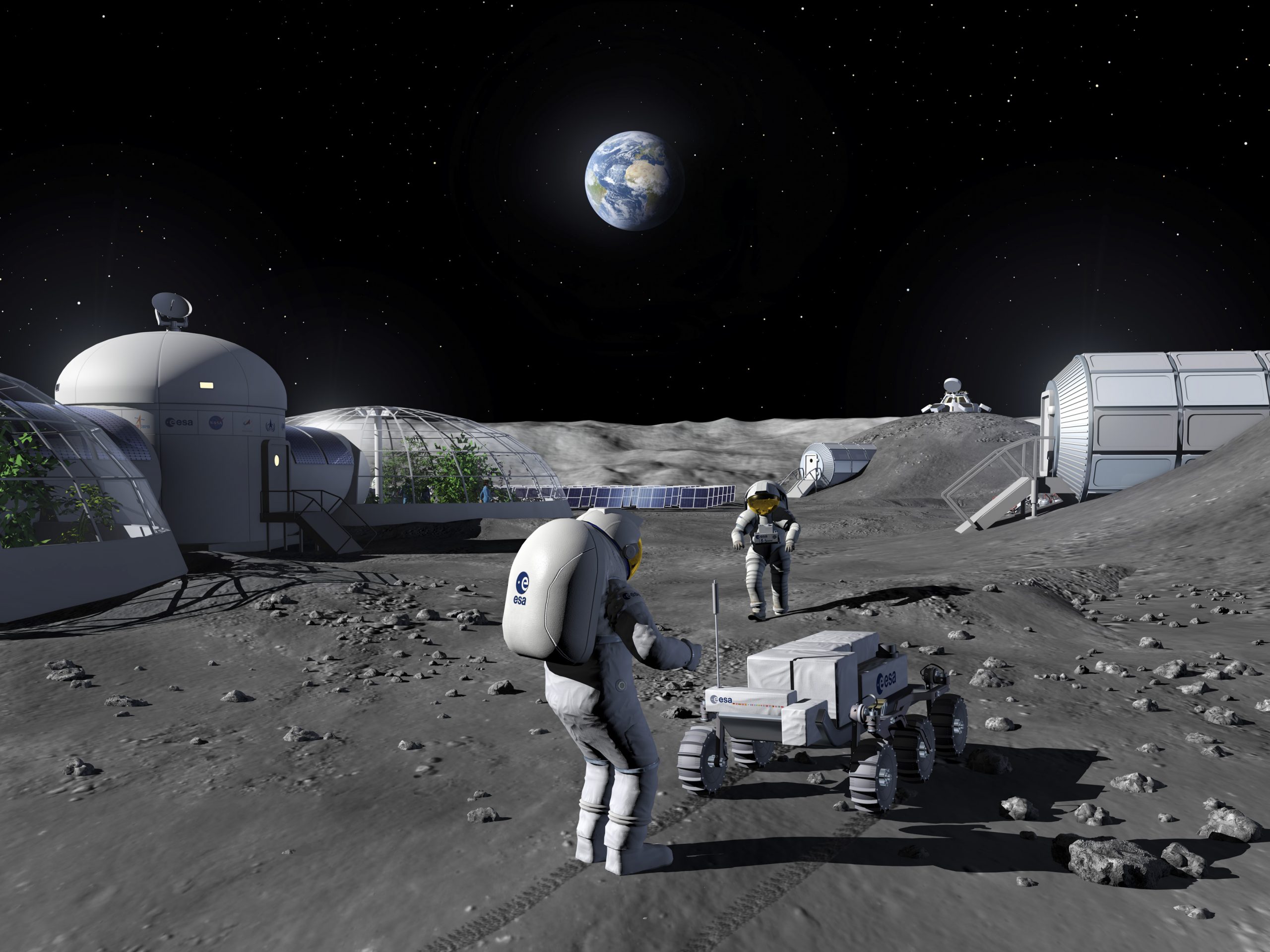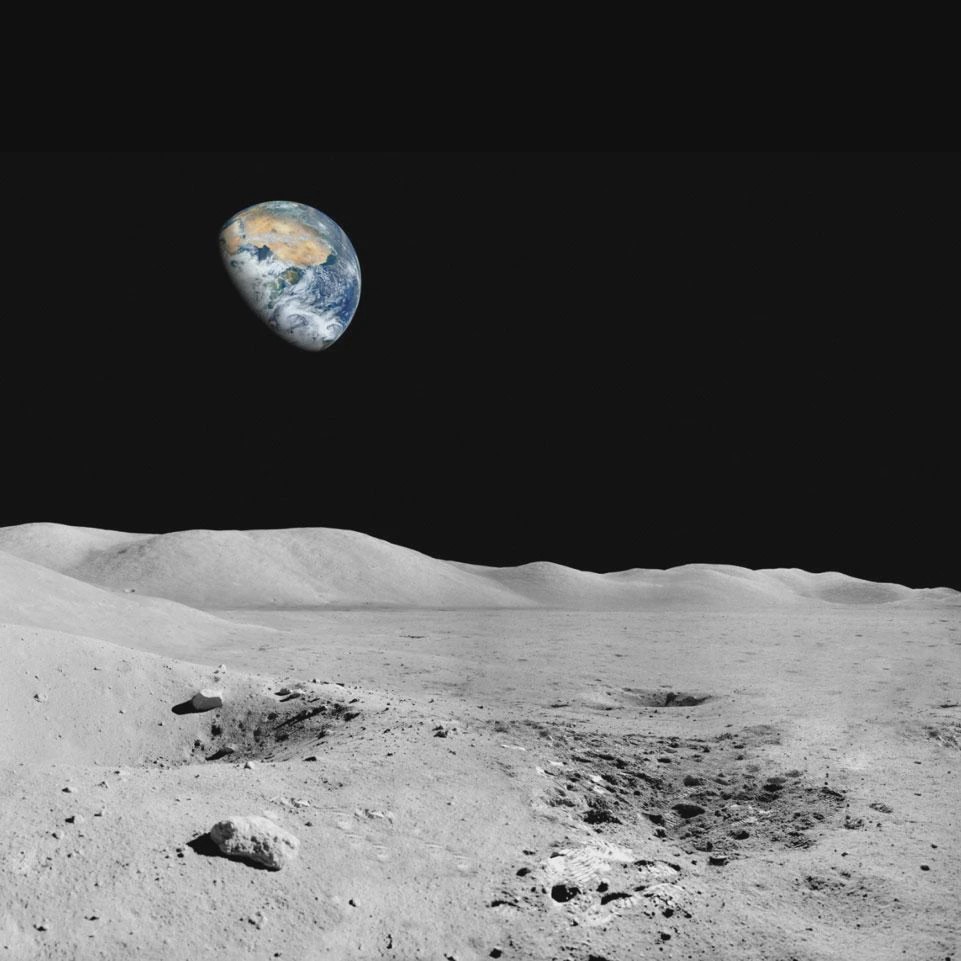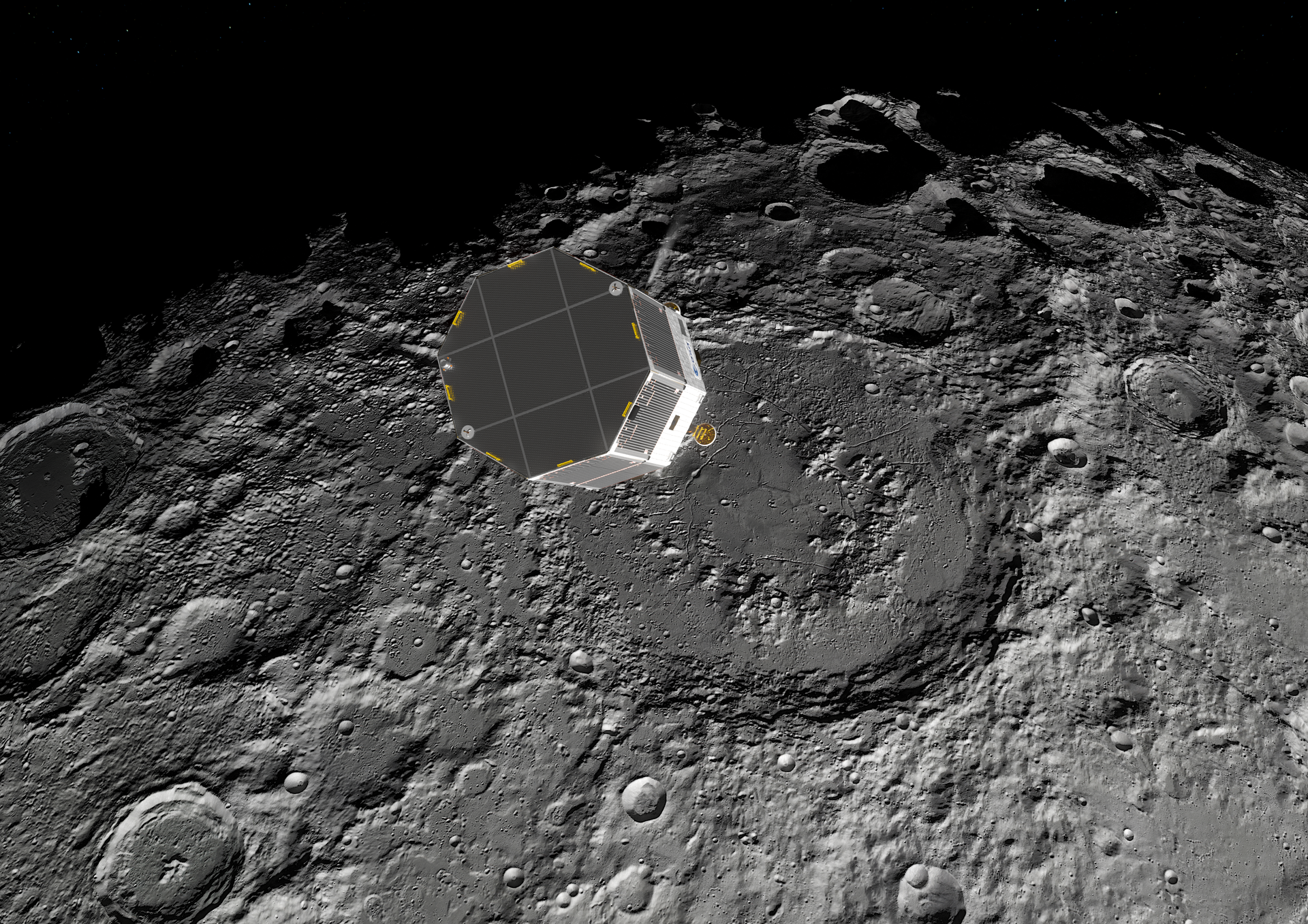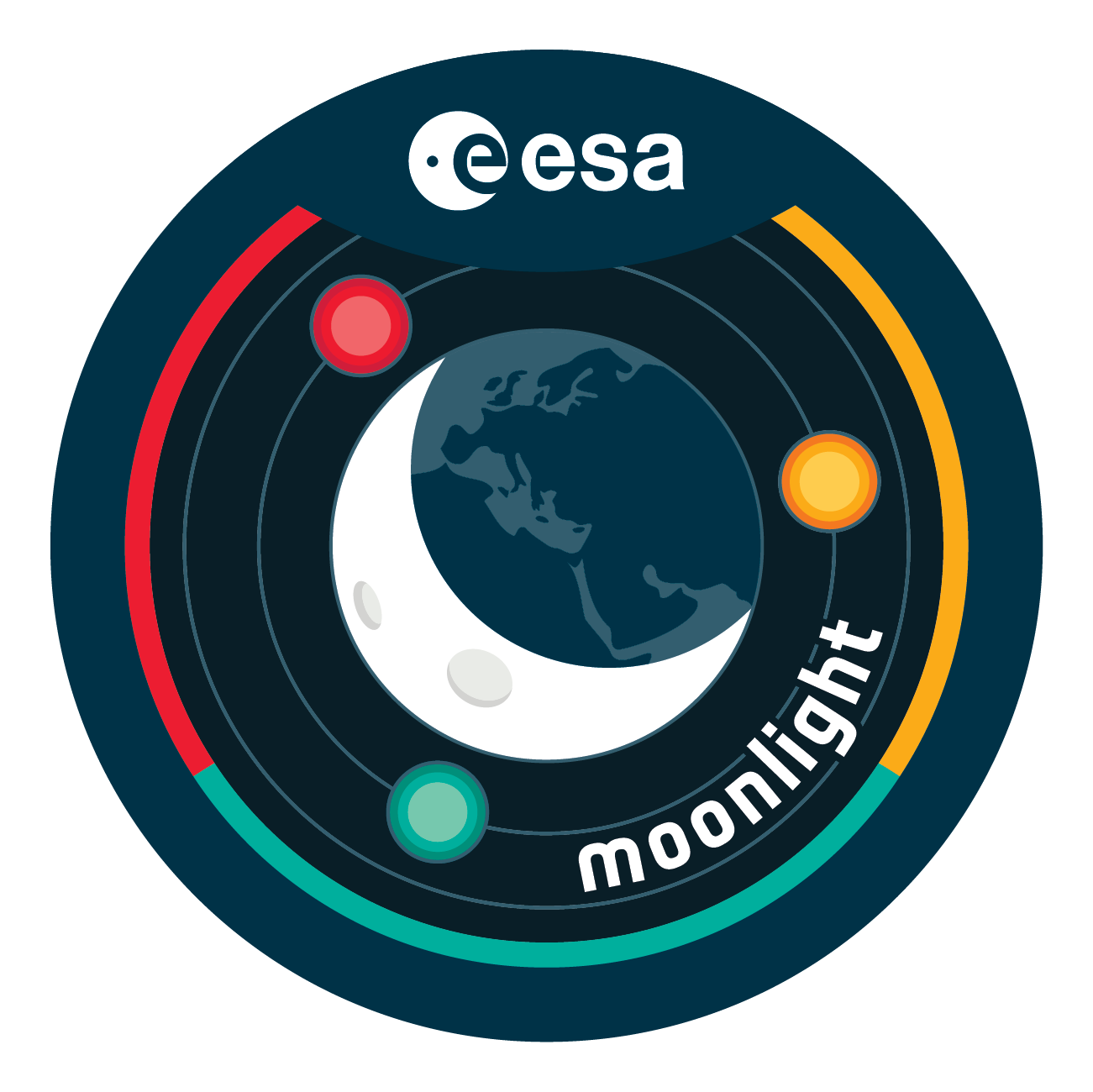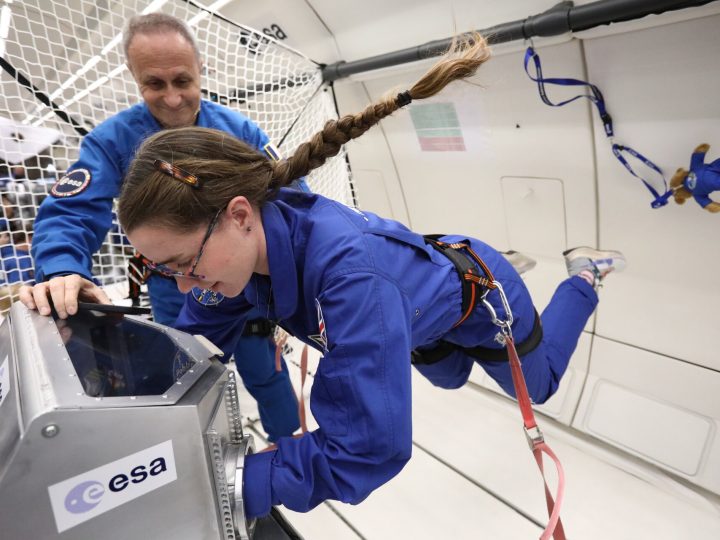CALL FOR IDEAS
We are connecting Earth with the Moon
Several commercial and institutional missions to the Moon are planned for the coming decades. To support them we will need an available global communication and navigation system. Two European consortia are currently working on the feasibility study for the implementation of such a system the so-called Lunar Communications and Navigation Services (LCNS).
On the 10th of January 2022 we have launched the Lunar Communications and Navigation Service (LCNS) Call for Ideas and use cases for you to answer this question:
What would you like to do on the Moon?
Understanding your needs better will allow us to design the capabilities that meet them better.
We are looking for innovative ideas for application cases at concept stage as well as higher level of maturity.
Here are some examples of areas:
- Demonstrating the feasibility of in-situ resource utilisation (ISRU) in support of future human missions (e.g. water, oxygen, cryogenic propellants, metals).
- In-space manufacturing
- Prospecting capabilities
- Logistics
- Artificial intelligence
- Navigation applications:
- Synchronization and timing applications
- Enhancing safety (i.e. Search-and-rescue, alert and distress)
- Improved mobility
- Scientific applications
- Dust mitigation
- Infrastructure construction and maintenance
- Rocket refueling
- Crops cultivation
- Life-support
- Media (e.g. streaming services, filming, etc.)
- Virtual and augmented reality
- Education
- Gaming, including infotainment and edutainment
Can you answer to the call?
This call is for everyone!
- Are you part of the scientific or academic community? Would you like to fly payloads to the Moon and make scientific discoveries?
- Are you working for a private industry? Would you like to reproduce something that exist on Earth, offer services or products to the Moon, bring something from the Moon down to Earth? Would you like to promote your brand or products from the Moon?
- Do you have any other idea that would need communication or navigation services with the Moon?
Anyone who has an idea is welcome to submit it.
What if your idea is selected?
If your idea is selected as one of the best, you will be invited to ESA establishments for 1-to-1 meetings to mature your idea. We will direct you to the right programme or appropriate funding mechanism.
If you are selected, you will also be invited to the 2nd LCNS User Engagement Workshop to be hold in Q2/Q3 2022. You will have the opportunity to present your idea and use cases.
000 days 00 hours 00 minutes 00 seconds
Surprise us
You have until the 30th of April to submit your idea.
Tell us what part of the Lunar Communications or Navigation Service you would need to complete your project, how you would implement it and how to make it sustainable?
WEBINAR
Download the slides from the LCNS Webinar (09/03/2022):
THE MOONLIGHT INITIATIVE
ESA is going to the Moon together with its international partners. NASA’s Artemis programme as well as many other initiatives from the main space institutions in China, India, Japan and Russia, alongside other spacefaring nations, as well as private entities across the globe are advancing the global lunar exploration ambitions.
With its European industrial partners, ESA is helping to build the Lunar Pathfinder showcasing lunar communications service provision by providing initial services to early lunar missions. It will enable polar and far-side missions that would otherwise have to procure their own communications relay systems. The Lunar Pathfinder includes a navigation payload demonstrator, which will allow for the first time positioning in lunar orbit using GPS and Galileo systems. The Moonlight initiative will build on both the ESPRIT communications module and the Lunar Pathfinder.
An accurate and reliable lunar communications and navigation service would allow missions to land wherever they wanted. Radio astronomers could set up observatories on the far side of the Moon. Rovers could trundle over the lunar surface more speedily. It could even enable the teleoperation of rovers and other equipment from Earth.
Using a shared telecommunications and navigation service would reduce the design complexity of individual missions and make them lighter, freeing space for more scientific instruments or other cargo, making each individual mission more cost-efficient.
Lowering the ticket price to lunar exploration could empower a wider group of ESA member states to launch their own national lunar missions. Even on a relatively low budget, an emerging space nation would be able to send a scientific CubeSat mission to the Moon, inspiring the next generation of scientists and engineers.
Commercial bodies could use innovative technologies developed for the Moon to create new services and products on Earth, which would create new jobs and boost prosperity. They could also identify new Moon-enabled services and products such as virtual reality games in which players manipulate lunar robots or see through the eyes of lunar astronauts.
